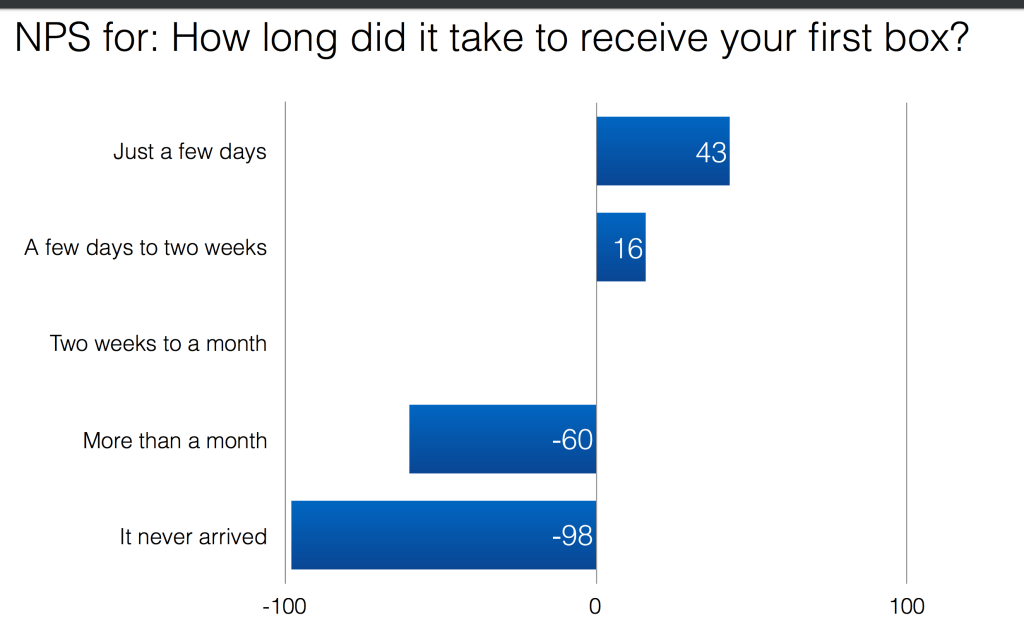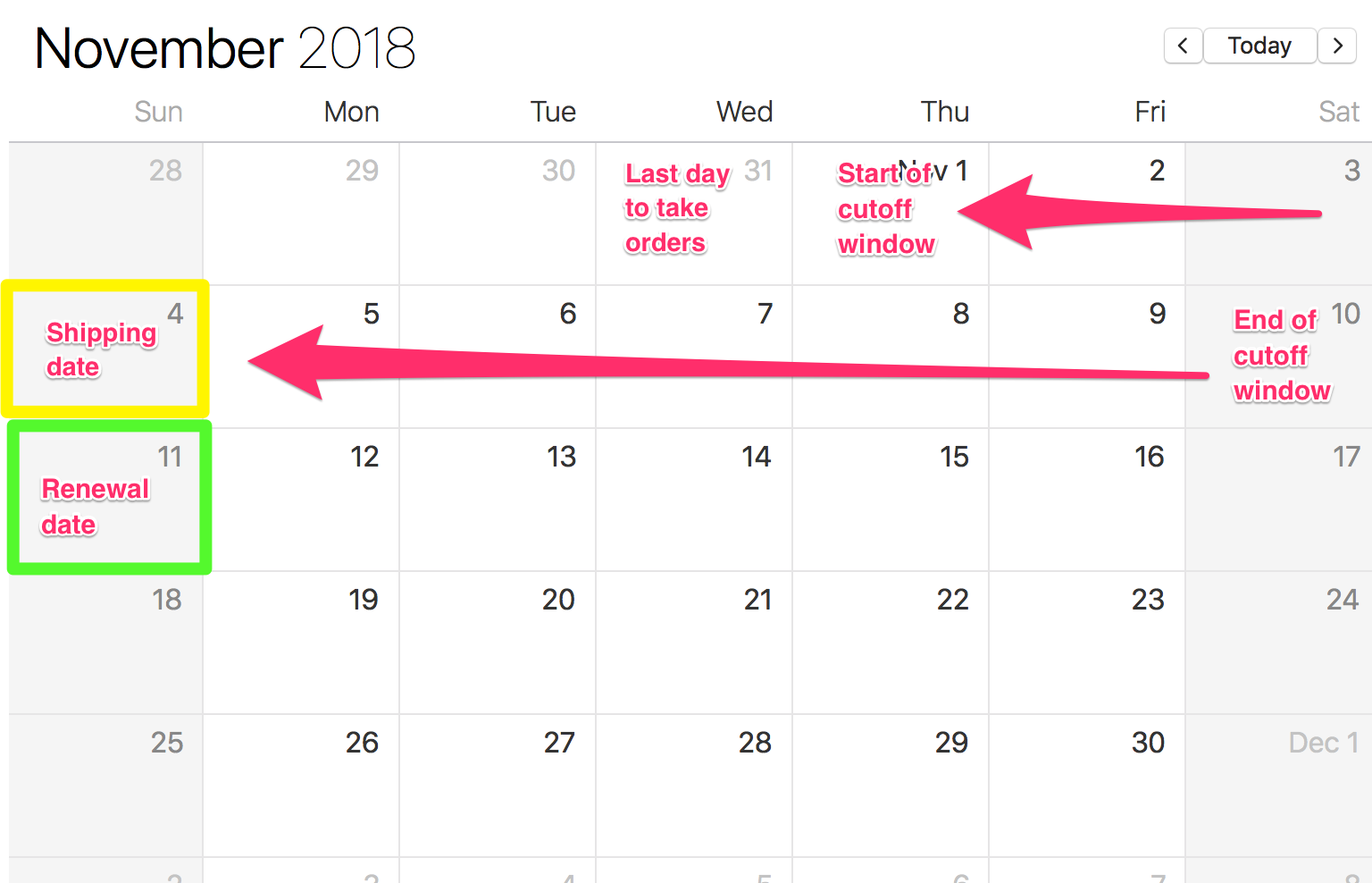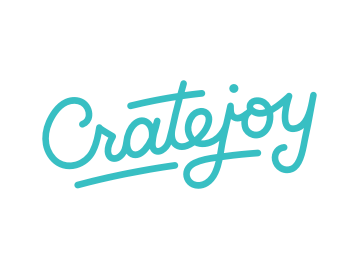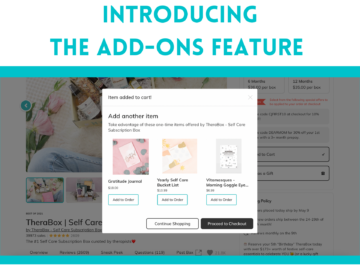We’ve covered the dates you should use when billing your customers and organizing your orders into appropriate batches. As you know, these build the foundation of your customer experience, so they’re crucial. The rest is simply how you operate within those parameters in order to fulfill your shipments.
Today, let’s talk about what to do with those batches.
Learn more: Download our ebook on Subscription Box Shipping & Renewal Billing
Between today’s post and Part 3 of this series, we’ll discuss two types of shipping schedules: Ongoing & Bulk Fulfillment (Part 2) and Bulk Fulfillment (Part 3). While both involve packing and shipping large-scale orders of boxes, the former ships boxes on a rolling basis. Purely bulk fulfillment means you would only ship boxes once a month.
Choose ongoing & bulk fulfillment if…
|
Choose bulk fulfillment if…
|
For the purposes of this article, “ongoing” fulfillment means that you are shipping a minimum of 4-5 times per month (once per week), but you could also send out shipments every day. Because without fail, your subscribers are most at risk to churn at the beginning of their subscriber experience, specifically between their initial purchase and their first renewal.
We’ll leave it up to your capabilities, but the more often you ship, the better the subscriber experience you’re providing.
Your Net Promoter Score and Why It Matters
Take a look at the chart above. NPS stands for Net Promoter Score, a percentile measurement of how likely customers are to recommend your business. The highest score you can receive is +100, while the lowest is -100. You can determine your NPS with the following equation:
% Promoters – % Detractors = Net Promoter Score
In other words, if you have more fans (“promoters”) than disappointed customers (“detractors”), your NPS is likely to be positive. If you have more disappointed customers than fans, your NPS will go down. You know those auto-emails you get from companies asking if, using a scale of 1-10, you would recommend their company to a friend? That’s how a business identifies its promoters and detractors.
Promoters score 9-10 on that scale, while detractors rank your business 1-6. Customers who score 7-8 (not amazingly high, but not dissatisfied either) are called “passives”; they may be a satisfied customer, but you haven’t wowed them, so they are not likely to promote your brand.
The bottom line is this: a long waiting period to receive your first box will lower customer satisfaction, raise churn, and weaken your NPS score. With an ongoing fulfillment process – when you ship a subscriber’s first box right away – you could go from -60 NPS to +43, as shown above.
Offering a “Welcome Box”
The core idea behind a welcome box is that you maintain a base collection of products that best introduce your box to new subscribers. Instead of sending a brand-new subscriber the current monthly theme for your subscription, you would send them this representative “welcome to [Subscription Name]!” box, then loop them into the themed boxes starting in their second month.
The benefits of setting up a welcome box are twofold:
- It allows you to forecast inventory more easily. You don’t have to worry about having a lot of “wasted” leftover inventory when you’re in the early stages of your business.
- It encourages ongoing fulfillment! If you have a selection of products all ready to go – rather than waiting on vendors to send you product for the current month – you can ship boxes to new subscribers within a few days of their purchase.
“But what about when I run out of welcome inventory?” I hear you ask. Yes, that’s a fair question. We recommend rotating your collection of welcome products on a quarterly basis to ensure you maintain stock levels. (This strategy has the added bonus of making the welcome box seasonal!)
A Basic Monthly Timeline
1. Ask vendors to send you products by the 1st (or shortly thereafter).
Think of this as a prerequisite. Obviously, you’ll need products from vendors to fulfill boxes on a regular basis.
2. Pack and ship orders for brand-new subscribers first.
No matter how often you ship, you need to identify all new orders that have been processed since the last time you did so. To find those orders in Cratejoy, go into your dashboard, then filter your shipments by Unshipped and Sub Cycle: 1. That identifies all unshipped orders that are the first shipment of record for any subscription.
The easiest way to retain the subscribers you just acquired is crafting a positive experience from the get-go. That means being speedy – and very clear – about your shipping turnaround. Like it or not, Amazon has primed (get it?) most shoppers to expect two-day shipping as the norm. See the chart above for an example of how customers respond to shipments that take too long to arrive.
Furthermore, by segmenting your orders and fulfilling new orders as they come in, you’re not doing anything groundbreaking. Honestly, you’re adhering to the ecommerce norm. But, in doing so, you will increase your retention rate for subscribers’ second shipment and beyond. For a subscription box, that means a lot of your key metrics, such as churn and LTV, are all trending positively.
3. Following the renewal of your subscribers, bulk-ship all of your existing subscribers (i.e., those on their second shipment or later).
Following the logic of instant gratification, your existing subscribers should also receive their shipment shortly after their transaction. It is important to time this bulk shipment within 10 days of your renewal to maintain an optimal subscriber experience. Ship too far after that renewal date, and you’ll have created a long wait and a poor experience between shipments.
For example, if you use Cratejoy’s default shipping schedule, your cutoff window will run from the 1-10th of the month and your subscribers will renew date on the 11th. Given this timeframe, we’d recommend shipping existing subscribers – people who should be getting their second box or later – around the 15th. That gives you four days of dunning (that is, communicating with customers about renewal cycles and any financial issues) after the renewal date on the 11th before you ship out.
Keep for later: Download our ebook on Subscription Box Shipping & Renewal Billing





